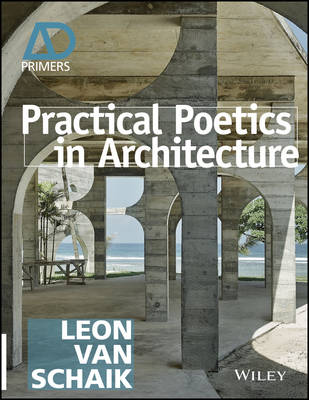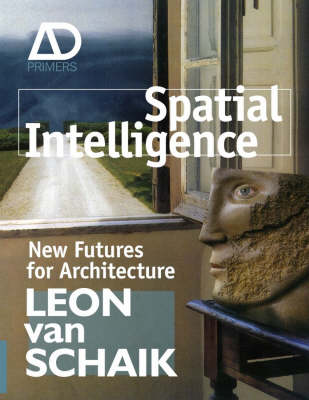Architectural Design Primer
2 total works
Integrate poetics into real-world spaces by bringing theory down to earth Practical Poetics in Architecture takes poetics out of the theory class and into the design studio, showing architects how the atmospheric and experiential qualities of built structures can be intentionally considered and planned. With an emphasis on analysing and explaining the sensibility of poetics at work in designing and constructing architecture, this book features projects from architects around the world that demonstrate the principles of poetics come to life. The rich illustration of two hundred colour images, including analytical diagrams, plans, sections, and photos, make this insightful guide a highly visual foray into a topic that has thus far remained more theoretical than practical. The text is matter-of-fact and concrete, yet remains richly connected to its forbears and the writings of William Lethaby, Gaston Bachelard, and Steen Eiler Rasmussen. The perspective is contemporary in its examples and its connections to the evolving science of perception. An established seminar topic in theory classes around the world, poetics tends to rely heavily on classic philosophic texts until now.
Practical Poetics in Architecture brings theory down to earth to show architects how to invoke poetics when designing real projects. * Integrate poetics principles into real-world designs * Consider atmosphere in terms of form, space, and acoustics * Study actual projects that bring poetics into real spaces * Take cues from analytical diagrams of projects accounting for context Poetics the accumulated experience of place, space, and culture has become more critical in recent years as the atmospheric and experiential qualities of built spaces have become more elusive in the virtual age. Practical Poetics in Architecture provides real guidance for real projects, and brings poetics out of the mind and onto the plans.
Practical Poetics in Architecture brings theory down to earth to show architects how to invoke poetics when designing real projects. * Integrate poetics principles into real-world designs * Consider atmosphere in terms of form, space, and acoustics * Study actual projects that bring poetics into real spaces * Take cues from analytical diagrams of projects accounting for context Poetics the accumulated experience of place, space, and culture has become more critical in recent years as the atmospheric and experiential qualities of built spaces have become more elusive in the virtual age. Practical Poetics in Architecture provides real guidance for real projects, and brings poetics out of the mind and onto the plans.
The book is organised into three distinct sections that in turn highlight the significance of spatial intelligence for architecture: the first section provides an overview of spatial intelligence as a human capability; the second section argues how the acknowledgement of this capability in architectural education and the profession should enable the demystification of the practice of design, forming the basis of a more democratic interface between society and practice; the final section explores exciting new opportunities for practice in the linking of real and virtual environments in the information age.

